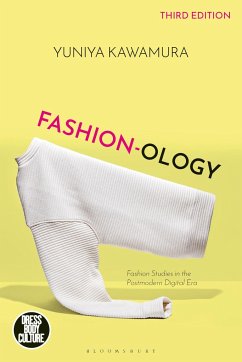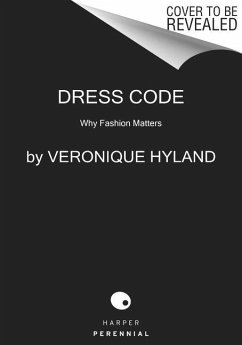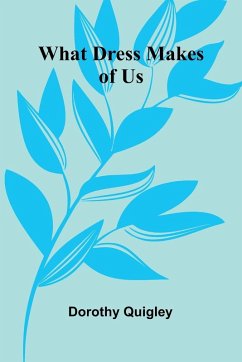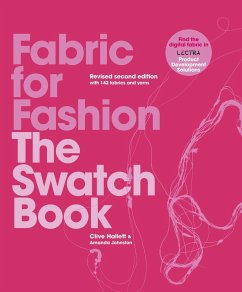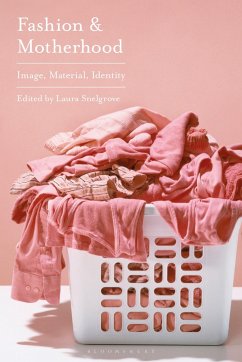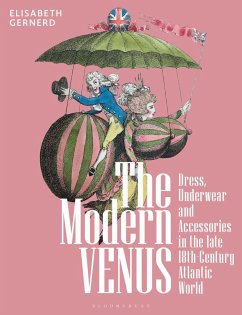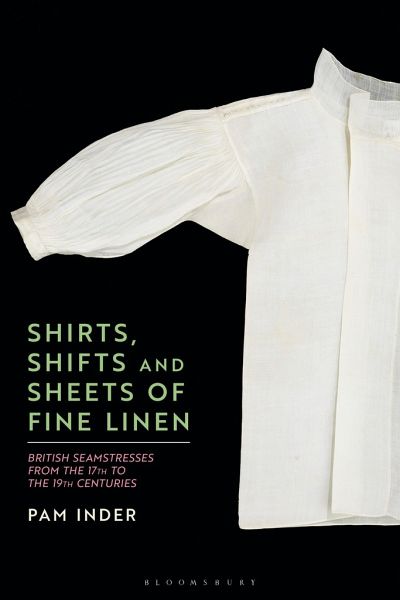
Shirts, Shifts and Sheets of Fine Linen
British Seamstresses from the 17th to the 19th Centuries
Versandkostenfrei!
Versandfertig in über 4 Wochen
113,99 €
inkl. MwSt.
Weitere Ausgaben:

PAYBACK Punkte
57 °P sammeln!
Shirts, Shifts and Sheets of Fine Linen explores how the jobs of the 'seamstress' evolved in scope, and status, between 1600-1900. In the 17th and early 18th centuries, seamstressing was a trade for women who worked in linen and cotton, making men's shirts, women's chemises, underwear and baby linen; some of these seamstresses were consummate craftswomen, able to sew with stitches almost invisible to the naked eye. Few examples of their work survive, but those that do attest to their skill. However, as the ready-to-wear trade expanded in the 18th century, women who assembled these garments wer...
Shirts, Shifts and Sheets of Fine Linen explores how the jobs of the 'seamstress' evolved in scope, and status, between 1600-1900. In the 17th and early 18th centuries, seamstressing was a trade for women who worked in linen and cotton, making men's shirts, women's chemises, underwear and baby linen; some of these seamstresses were consummate craftswomen, able to sew with stitches almost invisible to the naked eye. Few examples of their work survive, but those that do attest to their skill. However, as the ready-to-wear trade expanded in the 18th century, women who assembled these garments were also known as seamstresses, and by the 1840s, most seamstresses were outworkers for companies or entrepreneurs, paid unbelievably low rates per dozen for the garments they produced, notorious examples of downtrodden, exploited womenfolk. Drawing on a range of original and hitherto unpublished sources, including business diaries, letters and bills, Shirts, Shifts and Sheets of Fine Linen explores the seamstress's change of status in the 19th century and the reasons for it, hinting at the resurgence of the trade today given so few women today are skilled at repairing and altering clothes. Illustrated with 60 images, the book brings seamstresses into focus as real people, granting new insights into working class life in 18th- and 19th-century Britain.





